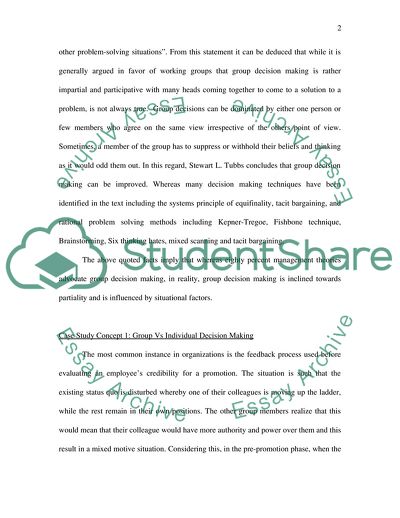Cite this document
(The Impact of Competition and Conflict on Group Performance Research Paper, n.d.)
The Impact of Competition and Conflict on Group Performance Research Paper. Retrieved from https://studentshare.org/human-resources/1715762-see-description
The Impact of Competition and Conflict on Group Performance Research Paper. Retrieved from https://studentshare.org/human-resources/1715762-see-description
(The Impact of Competition and Conflict on Group Performance Research Paper)
The Impact of Competition and Conflict on Group Performance Research Paper. https://studentshare.org/human-resources/1715762-see-description.
The Impact of Competition and Conflict on Group Performance Research Paper. https://studentshare.org/human-resources/1715762-see-description.
“The Impact of Competition and Conflict on Group Performance Research Paper”. https://studentshare.org/human-resources/1715762-see-description.


